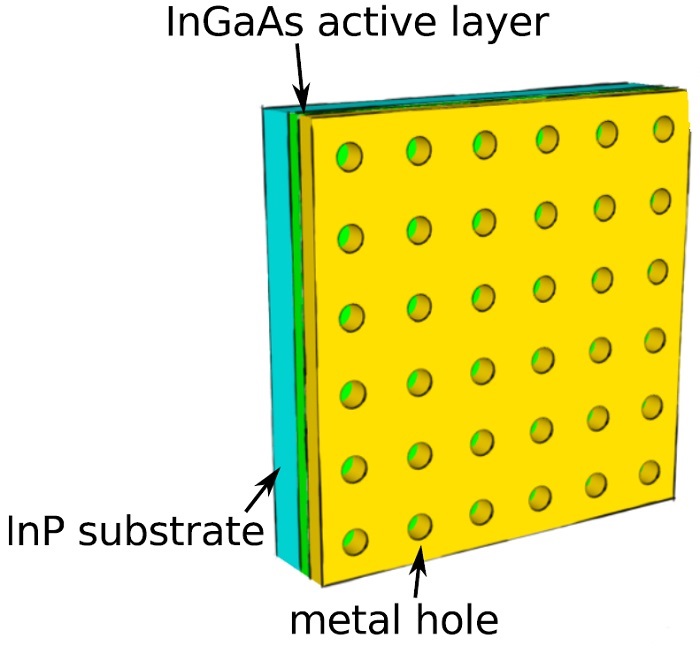02-06-2016
Leiden physicists use a new method to measure so-called surface plasmons. Researching these particles could lead to new light-based technology, including faster internet. Publication in ACS Photonics.
Optical fiber
When people are watching the new Game of Thrones episode, they usually don’t think about the billions of flashes that race through a worldwide optical fiber network every second to get the show on the screen. Meanwhile those flashes also encounter numerous nodes, for example in the router at home. Routers however can’t do anything with fiberglass; they work with ‘regular’ metal wires. The flashes of light are therefore transformed into an electrical signal. Afterwards, the router sends the signal forward again in the form of flashes. All this tinkering around takes a lot of time and it doesn’t make the stream any faster.
Plasmons
Downloading would go much faster if routers could use flashes instead of an electrical signal. And indeed it is theoretically possible to send light through metal wires. In that case, light particles travel partially across and partially under the wires’ surface; then we call them surface plasmons. They do experience resistance, but scientists can compensate that if they understand what is happening exactly. PhD student Vasco Tenner and group leader Martin van Exter study this phenomenon and publish a new method in ACS Photonics which they use to measure more properties of plasmons, like their phase.
Holes
The Leiden physicists sent a flash of light through a metal surface filled with holes. The interaction with free electrons in the metal hold the light particles captured at the surface, and at the same time the holes keep the light enclosed in a small area. Light particles that want to escape are bounced back by the holes. Now and then a particle accidentally bounces off a hole, away from the metal, so that Tenner was able to measure it. ‘We see that we can learn a lot,’ he says. ‘We already have improved the theory a little.’ The breakthrough gives scientists a new way to study surface plasmons, and eventually use them for faster internet, but also to detect single molecules for diagnosing cancer or to put more details on banknotes.
Article
This article appears in ACS Photonics on June 15 and is already published online.
‘Measurement of the Phase and Intensity Profile of Surface Plasmon Laser Emission’, Vasco T. Tenner, Michiel J.A. de Dood, Martin P. van Exter, ACS Photonics

Surface Plasmons Measured for Faster Internet

Leiden physicists send light particles across a metal surface filled with holes. The interaction with free electrons in the metal hold the light particles captured at the surface, and at the same time the holes keep the light enclosed in a small area.













